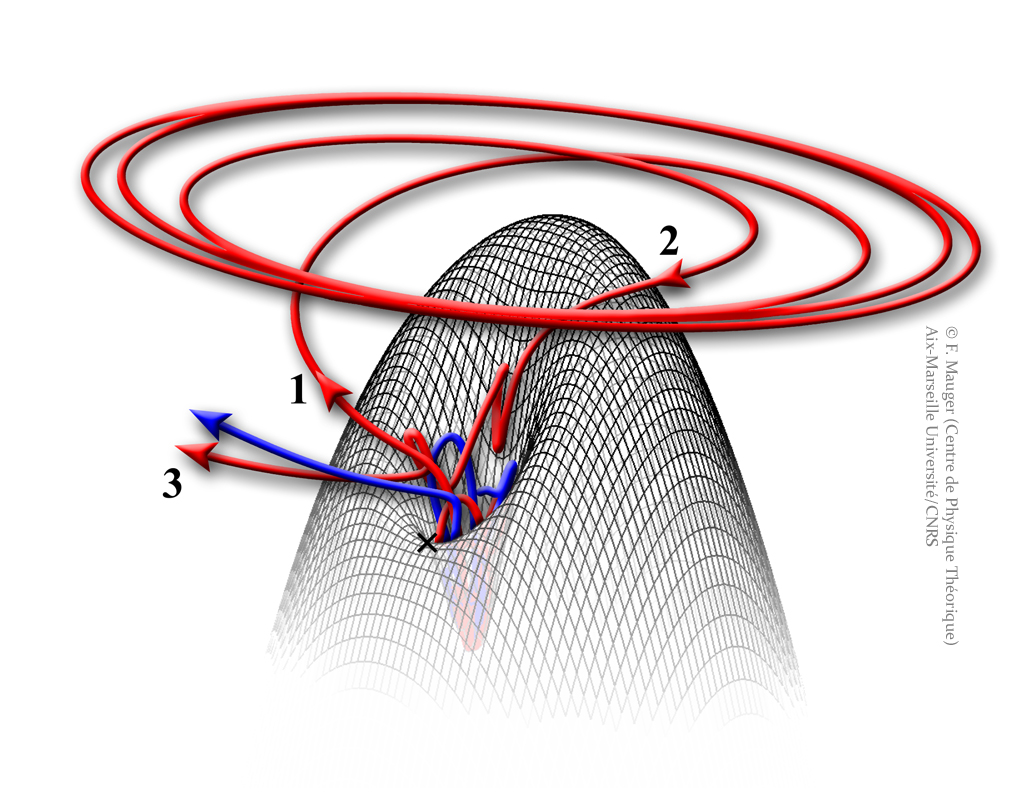Biomimetic colour engineering from nature to applications
Silvia VIGNOLINI
Department of Chemistry, Cambridge, UK
The most brilliant colours in nature are obtained by structuring transparent materials on the scale of the wavelength of visible light. By designing the dimensions of such nanostructures, it is possible to achieve extremely intense colourations over the entire visible spectrum without using pigments or colorants. Colour obtained through structure, namely structural colour, is widespread in the animal and plant kingdom [1]. Such natural photonic nanostructures are generally synthesised in ambient conditions using a limited range of biopolymers. Given these limitations, an amazing range of optical structures exists: from very ordered photonic structures [2], to partially disordered [3], to completely random ones [4].
In this seminar, I will introduce some striking example of natural photonic structures [2–4] and share some insight on their development. Then I will review our recent advances to fabricate bio-mimetic photonic structures using the same material as nature. Developing biomimetic structures with cellulose enables us to fabricate novel photonic materials using low cost polymers in ambient conditions [6, 7]. Importantly, it also allows us to understand the biological processes at work during the growth of these structures in plants.

[1] Kinoshita, S. et al., Physics of structural colors, Rep. Prog. Phys., 71, 076401 (2008).
[2] Vignolini, S. et al., Pointillist structural color in Pollia fruit, Proc. Natl. Acad. Sci. USA, 109, 15712–15716 (2012).
[3] Moyroud, E. et al. , Disorder in convergent floral nanostructures enhances signalling to bees, Nature, 550, 469 (2017).
[4] Burresi M. et al., Bright-white beetle scales optimise multiple scattering of light, Sci. Rep., 4, 727 (2014).
[5] Parker R. et al., The Self-Assembly of Cellulose Nanocrystals: Hierarchical Design of Visual Appearance. Adv. Mater., 30, 1704477 (2018).
[6] Parker R. et al., Hierarchical self-assembly of cellulose nanocrystals in a confined geometry, ACS Nano, 10, 8443–8449 (2016).
[7] Liang H.-L. et al., Roll-to-roll fabrication of touch-responsive cellulose photonic laminates, Nat. Commun., 9, 4632 (2018).
IMAGES

Recollision entre électrons en polarisation circulaire (plus de détails...)
CONFÉRENCES
Physics of Wave Turbulence and beyond: Celebrating the 60th birthday of Sergey Nazarenko., Les Houches, 2 Septembre 2024
1st European Fluid Dynamics Conference - EFDC 2024, Aachen, Germany, 16 Septembre 2024
New Challenges in Turbulence Research VII, École de Physique des Houches, 10 Février 2025